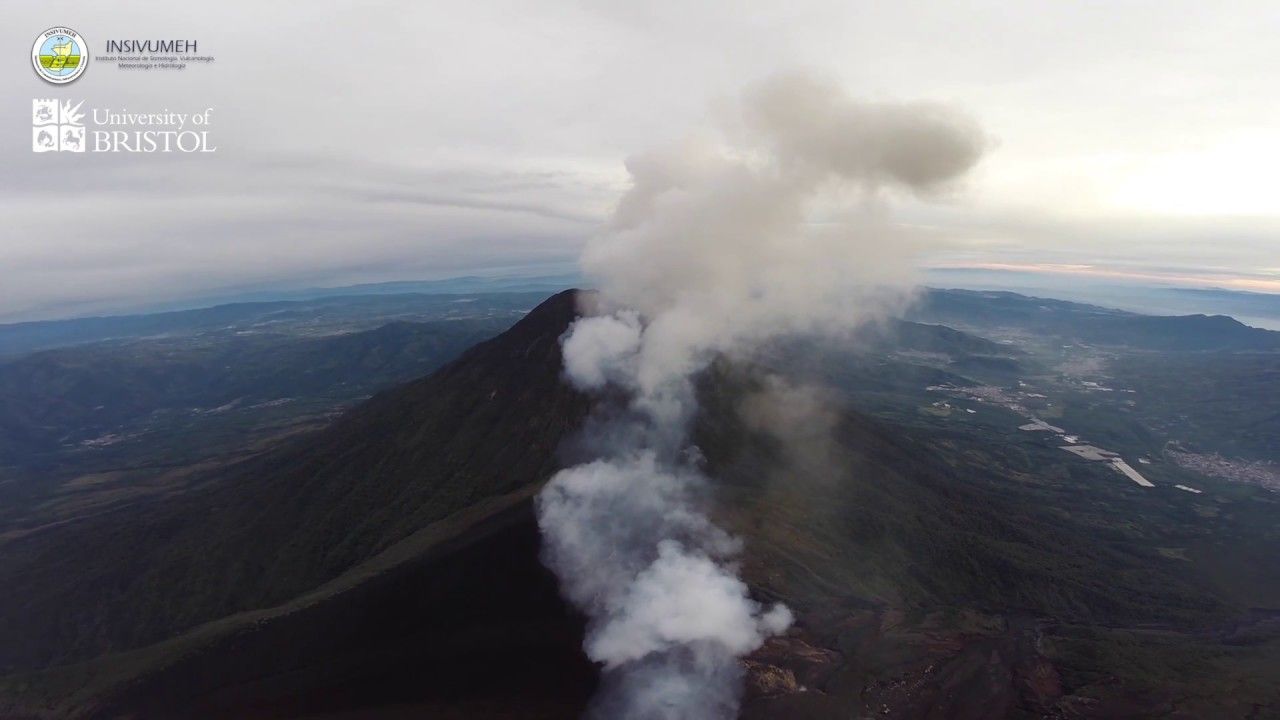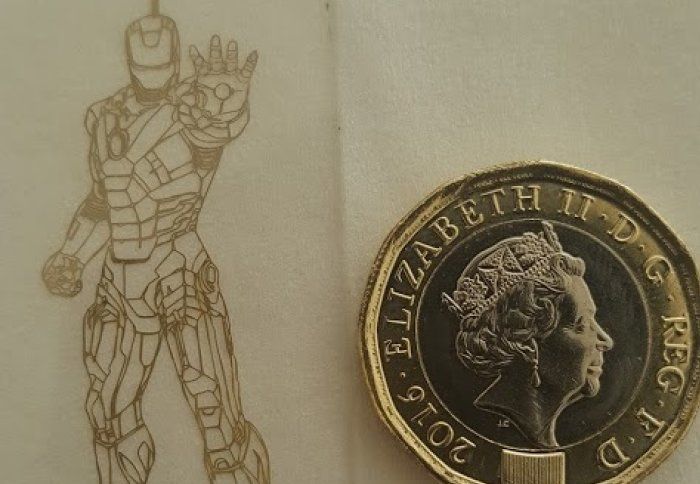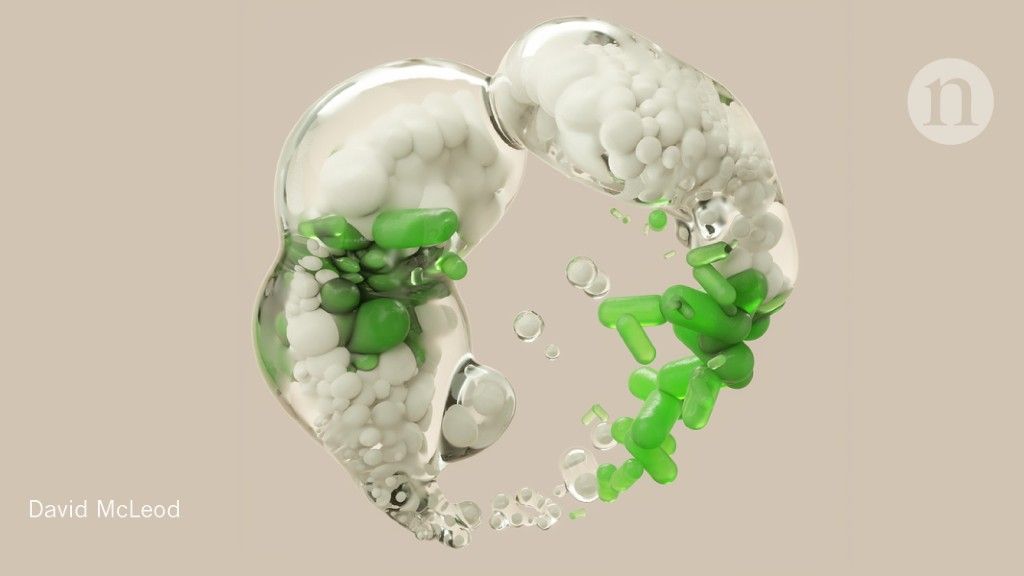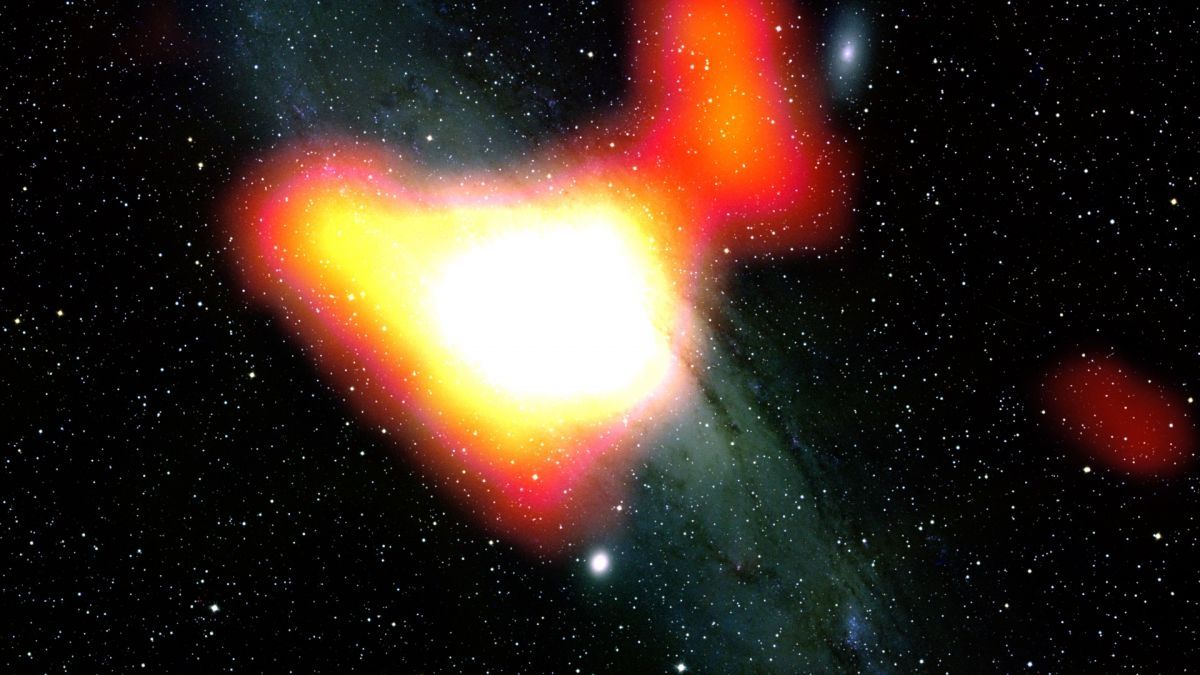11.08.18 JOVIAN CLOSE ENCOUNTER A multitude of magnificent, swirling clouds in Jupiter’s dynamic North North Temperate Belt is captured in this image from NASA’s Juno spacecraft. Appearing in the scene are several bright-white “pop-up” clouds as well as an anticyclonic storm, known as a white oval. This color-enhanced image was taken at 1:58 p.m. PDT on Oct. 29, 2018 (4:58 p.m. EDT) as the spacecraft performed its 16th close flyby of Jupiter. At the time, Juno was about 4,400 miles (7,000 kilometers) from the planet’s cloud tops, at a latitude of approximately 40 degrees north. Citizen scientists Gerald Eichstädt and Seán Doran created this image using data from the spacecraft’s JunoCam imager. JunoCam’s raw images are available for the public to peruse and to process into image products at: https://www.missionjuno.swri.edu/news/jovian_close_encounter. Image Credits: NASA/JPL-Caltech/SwRI/MSSS/Gerald Eichstädt/Seán Doran. Απολαύστε το φως.
Page 9415
Nov 9, 2018
Draw-your-own electrodes set to speed up development of micro detection devices
Posted by Genevieve Klien in category: biological
Miniature devices for sensing biological molecules could be developed quicker thanks to a rapid prototyping method.
Nov 9, 2018
Researchers share drone expertise to help Guatemalans better prepare for volcanic eruptions
Posted by Genevieve Klien in categories: drones, education

https://youtube.com/watch?v=gqoIEjKQ3yE
A team of scientists and engineers from the Universities of Birmingham and Bristol have returned from Guatemala where they have been teaching local scientists how to use drones to map the Fuego volcano which violently erupted earlier this year.
Nov 9, 2018
China created what it claims is the first AI news anchor — watch it in action here
Posted by Genevieve Klien in categories: internet, robotics/AI
- China’s state press agency has developed “AI news anchors,” avatars of real-life news presenters which read out news as it is typed.
- It developed the anchors with Chinese search engine giant Sogou.
- There was no detail given as to how exactly the anchors were made, and one expert said they fell into the “uncanny valley,” when avatars have an unsettling resemblance to humans.
China’s state-run press agency Xinhua has unveiled what it claims are the world’s first AI-generated news anchors.
Xinhua revealed the anchors at the World Internet Conference on Thursday. Modeled on two real presenters, the agency showcased two AI-generated anchors, one who speaks Chinese and another who speaks English.
Nov 9, 2018
Neuroscientists Make a Case against Solitary Confinement
Posted by Genevieve Klien in category: neuroscience
Prolonged social isolation can do severe, long-lasting damage to the brain.
- By Dana G. Smith on November 9, 2018
Nov 9, 2018
This mystery particle would need physics so weird nobody has even thought of it
Posted by Genevieve Klien in category: particle physics
Now scientists at the Large Hadron Collider (LHC) at Cern think they may have seen another particle, detected as a peak at a certain energy in the data, although the finding is yet to be confirmed. Again there’s a lot of excitement among particle physicists, but this time it is mixed with a sense of anxiety. Unlike the Higgs particle, which confirmed our understanding of physical reality, this new particle seems to threaten it.
The new result – consisting of a mysterious bump in the data at 28 GeV (a unit of energy) – has been published as a preprint on ArXiv. It is not yet in a peer-reviewed journal – but that’s not a big issue. The LHC collaborations have very tight internal review procedures, and we can be confident that the authors have done the sums correctly when they report a “4.2 standard deviation significance”. That means that the probability of getting a peak this big by chance – created by random noise in the data rather than a real particle – is only 0.0013%. That’s tiny – 13 in a million. So it seems like it must a real event rather than random noise – but nobody’s opening the champagne yet.
Nov 9, 2018
Samsung is building software to control your TV with your brain
Posted by Marcos Than Esponda in categories: biotech/medical, neuroscience
You read that correctly. Brain-controlled TVs.
The technology is aimed for people with physical disabilities and should go into testing in Swiss hospitals early next year.
- by
-
Shara Tibken
Nov 9, 2018
F.D.A. Plans to Ban Most Flavored E-Cigarette Sales in Stores
Posted by Genevieve Klien in category: futurism
After warning Juul and other e-cigarette makers to keep their flavored products away from minors, the F.D.A. wants to curb sales altogether.
Nov 9, 2018
How biologists are creating life-like cells from scratch
Posted by Derick Lee in category: biotech/medical
The pace of work has been accelerating, thanks in part to recent advances in microfluidic technologies, which allow scientists to coordinate the movements of minuscule cellular components. Research groups have already determined ways of sculpting cell-like blobs into desired shapes; of creating rudimentary versions of cellular metabolism; and of transplanting hand-crafted genomes into living cells. But bringing all these elements together remains a challenge.
Built from the bottom up, synthetic cells and other creations are starting to come together and could soon test the boundaries of life.
Nov 8, 2018
Earth Is Getting Hit by Too Much Antimatter, and Nobody Knows Why
Posted by Michael Lance in categories: particle physics, space
Amid the high speed cosmic rays raining down on us from the depths of space are a handful of antimatter particles called positrons.
Astronomers think that Earth is showered by these ‘anti-electrons’ because of pulsars, but there’s a weird catch – there are more of these particles coming at us than there should be. And now, thanks to a new study, we might finally get some answers.
Cosmic rays are incredibly fast particles, since they’re being shot down from space at high energies. Positrons make up a small percent of these super speedy particles, but nobody is entirely sure where or how they’re made.

















